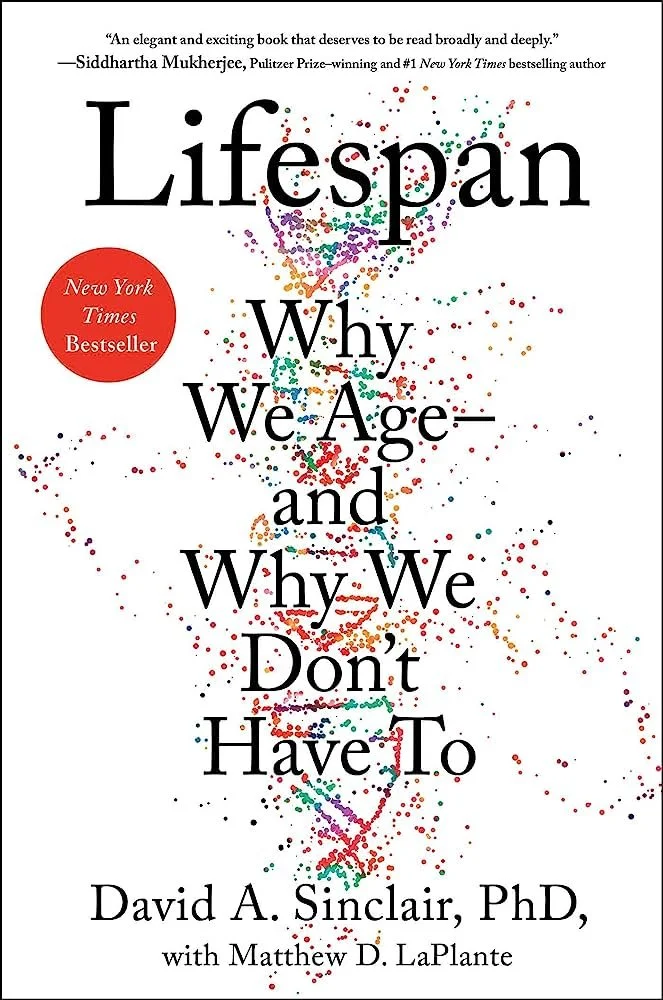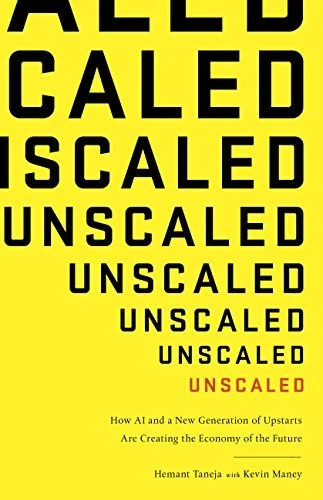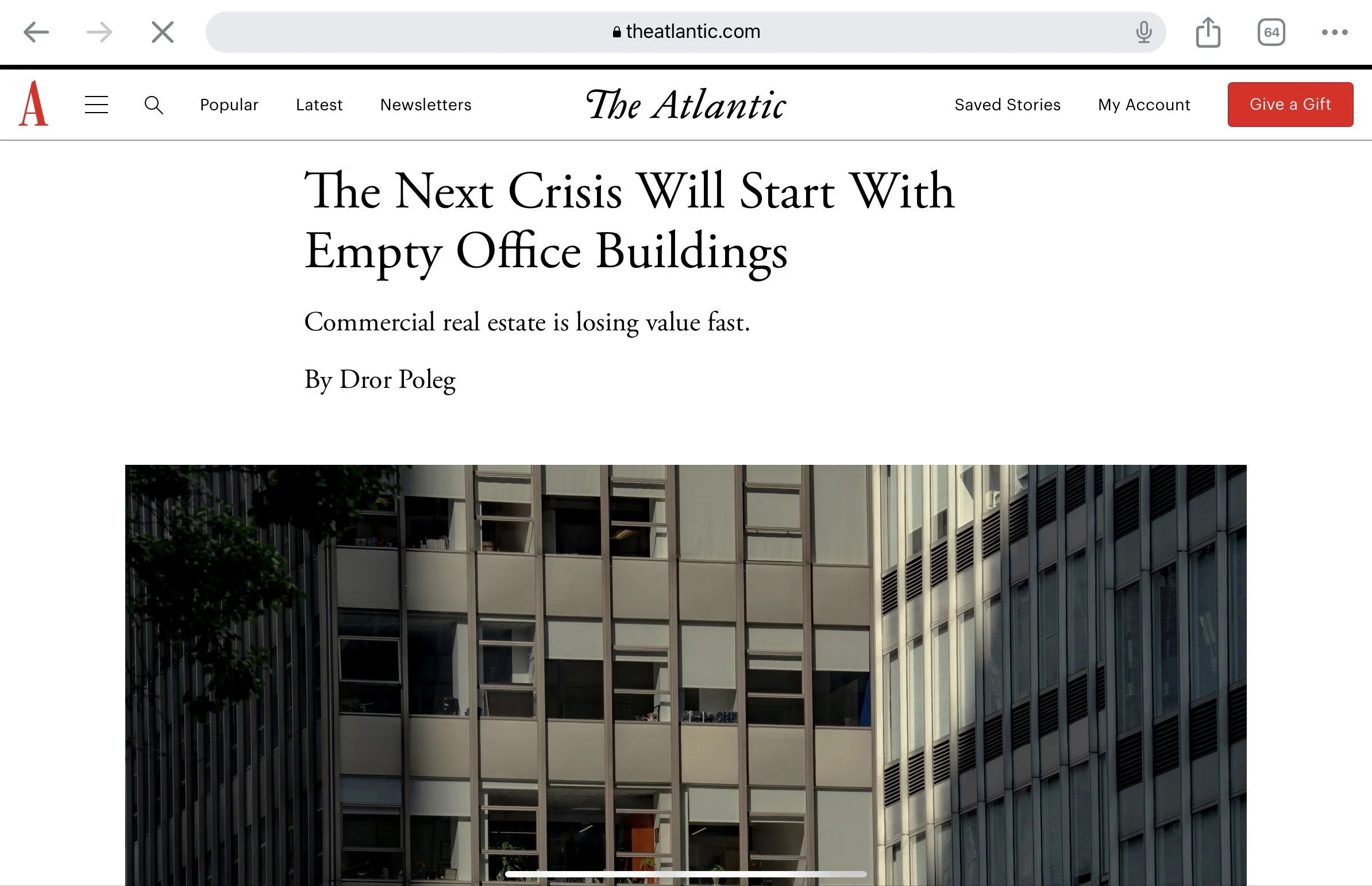Andrew Blocha
Design for Longevity
10 x 100
The 10 x 100 Future
What does it mean to recognize that you are likely to live to 100, or more?
Three major trends are coming into focus that are rapidly shaping the future, the way we build, and the way we organize our social structure. Healthspan, Unscaling, and Remote Commerce. 10x100 is a design philosophy that considers how the intersection of a longer healthier life, the view from 10,000 feet, work from 10,000 miles, the 10 minute city, influence our thinking, self awareness and potential.
When aging became categorized as a disease late in the 20th century, this opened up more research into and new ways of considering the science of why our bodies decline in health and how we might extend our “health span” as we age. The results indicate an increasing trend in most developed countries to live longer and healthier, with the possibility that more of us will die as centenarians from a rapid decline near the end of life. Our social and economic structures have barely recognized this future. If you accept the possibility of a 100 year or more lifespan, what does that mean for the stuff you buy, the air you breathe, the relationships you build?
“Unscaling”, is a term that describes the transition from a broad stroke industrial approach to production and commerce to an individualized, tailored understanding of our needs, desires, and solutions. This has already transformed the way we buy goods and services and affected our approach to the built environment. Think about banking before and after your banking app on a phone or the way you buy clothes. The revolutionary change of unscaling is just now beginning to transform our healthcare systems and will have a direct effect on our lifestyles built around maintaining longer healthier lives and how we structure our cities and neighborhoods for longer term thinking.
When “remote working” became a global discussion in 2020 it became a stand in for remote everything. We were forced to recognize the shift into an info-centric economy based on the virtual coupling of control and physical production, or remote commerce. This connection had always been there, but now we recognized the influence of speed in that connection. The change from “going to”, describing an actual act of moving your body from one place to another to be physically adjacent, has been supplanted with “jumping on” a call which in no way describes the physical reality of the act of the virtual meeting. Our current loss for actually descriptive words means we will continue to struggle to comprehend the effect on our physical environment. But real homes, real workplaces, and real cities are absorbing this transformation effecting our emotions, social structures and economies. The intersection of remote bespoke health care will evolve our vision of the human body, our understanding of self, and relationship with our physical environment effecting how we build cities, buildings and organize space.
10x100 also forces us to reconsider our choices in context of social relationships. Housing equity becomes health equity as healthcare transitions to a “health at home” model of commerce. Equity within our physical political structures, such as cities, neighborhoods, homes becomes more poignant as we consider the overlap, of time, travel, nutrition, exercise on health span and our means of work and physical production. Even if you consider the possibility of one’s life cut short by tragedy, we can’t help but consider the potential of health span, unscaling and the transforming connection to commerce in our design approach.
Dror Poleg
Trained as an Economist, writing about the future of cities, work, and buildings.


